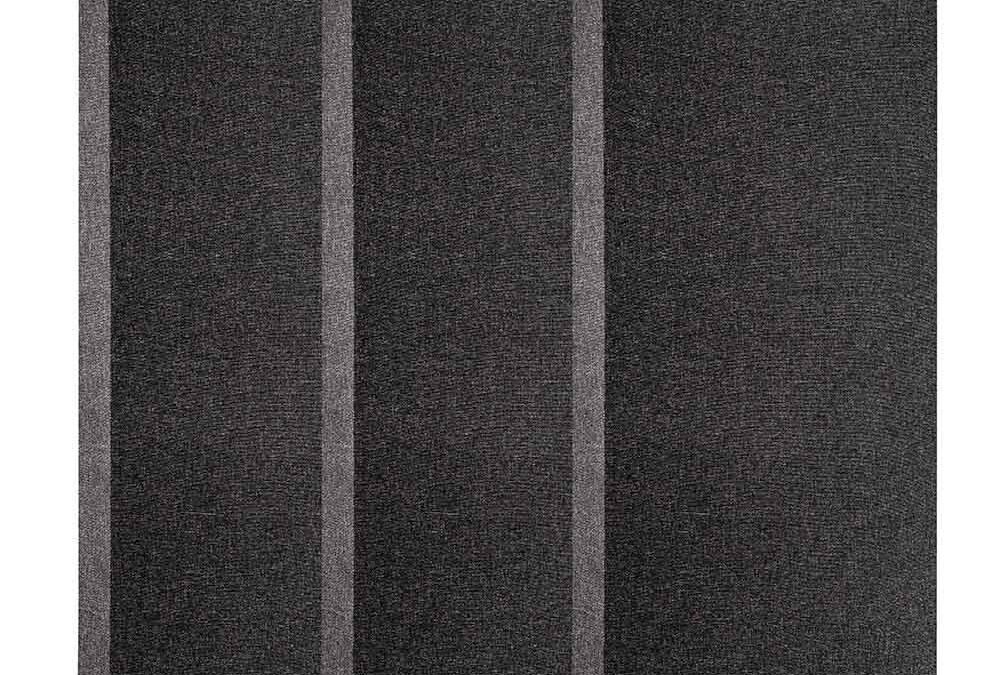You can never enjoy a premium quality of sound until and unless you impart focus on soundproofing and acoustics. Even if you get the best sound system, projector, and screen recliners, you will fail to bring the magical essence of the multiplexes to your home if you overlook these two aspects.
Learn about sound leaking
Sounds with low frequency are more likely to leak into the room through the walls of the house than sounds with a high frequency. If you do not perform proper soundproofing no matter how thick your house walls or how height your house ceilings are, the sound will leak through.
If you desire to control the leaking of the sounds, you will require a list of equipment which are namely, sound absorbers, sound diffusers and sound blankets.
The complete tutorial on soundproofing and acoustic setup for your home theatre
- Take accurate measurements– At first, measure the length of the walls of your room. Next, do the same with the floors. In this way, you will get the total measurements of the room to create an Acoustic setup for home theatre.
- Impart mass to the walls– Without adding mass to the walls you can never successfully perform an acoustic setup for your home theatre. This can be done by adding mass-loaded sound blankets on the wall. You can easily install the sound blanket on the walls using either spray or liquid adhesive.
- Add the wooden framework– Once you have properly covered your walls with the sound blanket, you will need to install the wooden framework carefully. Next, add the sound insulation pad inside the framework and wrap up everything using premium acoustic fabric.
- Cover the floors and ceilings– Add Acoustic foam on the ceiling and then use a carpet to cover the floors throughout the length of the room.
- Work with the window and door seals– Finally, the last step to fully convert your room into an acoustic setup is to install door and window seals. You can install these seals with the help of nails to ensure that it gets installed properly.
Learn more about acoustic panels
These are sound panels that can minimize sound leaking and can also prevent echoes and reverbs. These panels are used greatly in multiple places such as home theatres, auditoriums, office meeting rooms, halls, movie theatres, etc.
The amount of home theatre acoustics panels required to induce soundproofing depends entirely on the size of the room. If the size of the room is small, wall-mounted acoustic panels would be appropriate. In the larger rooms, horizontal sound panels would do the work better.
Conclusion
Creating an acoustic setup can be tricky if not conducted properly. If you want to get the feel of a multiplex by sitting in the comfort of your home all you will need to do is create an acoustic setup. Follow the above-written instructions to create an acoustic home theatre setup successfully.


